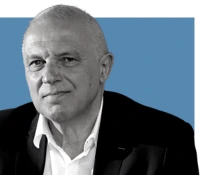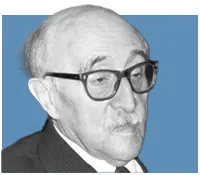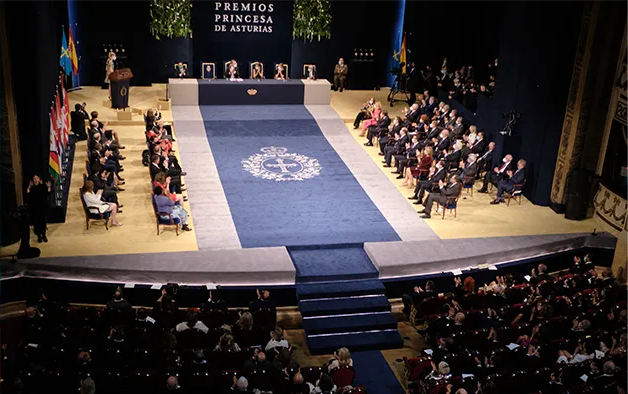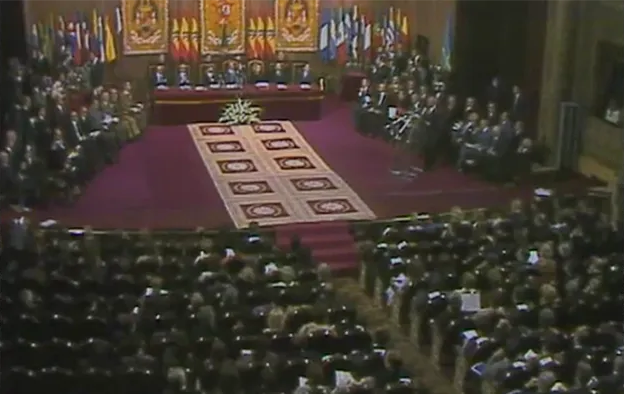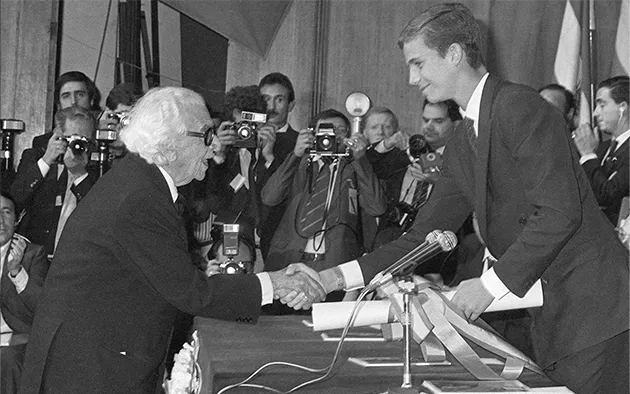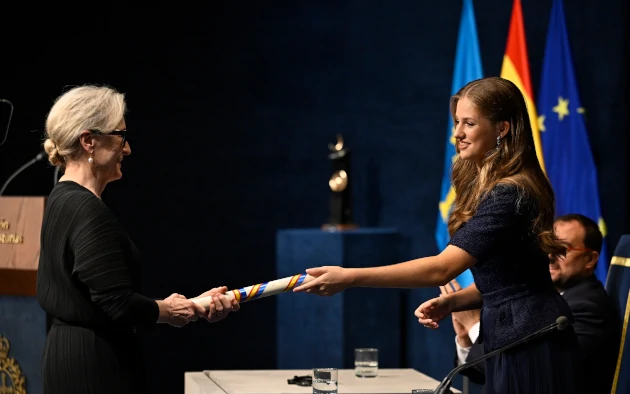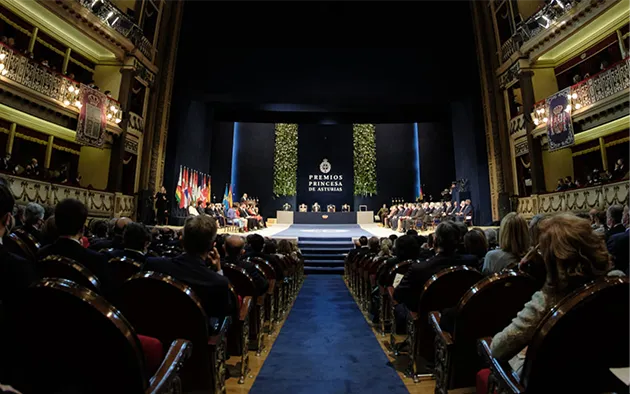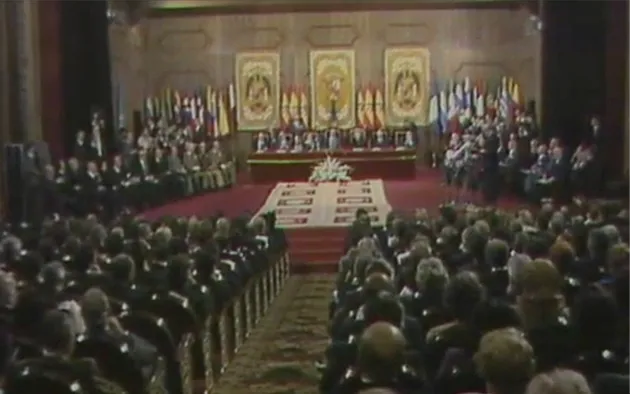Main content
The Awards in facts and figures
Upsdated: 19th June 2025
Dates of the Award Ceremonies
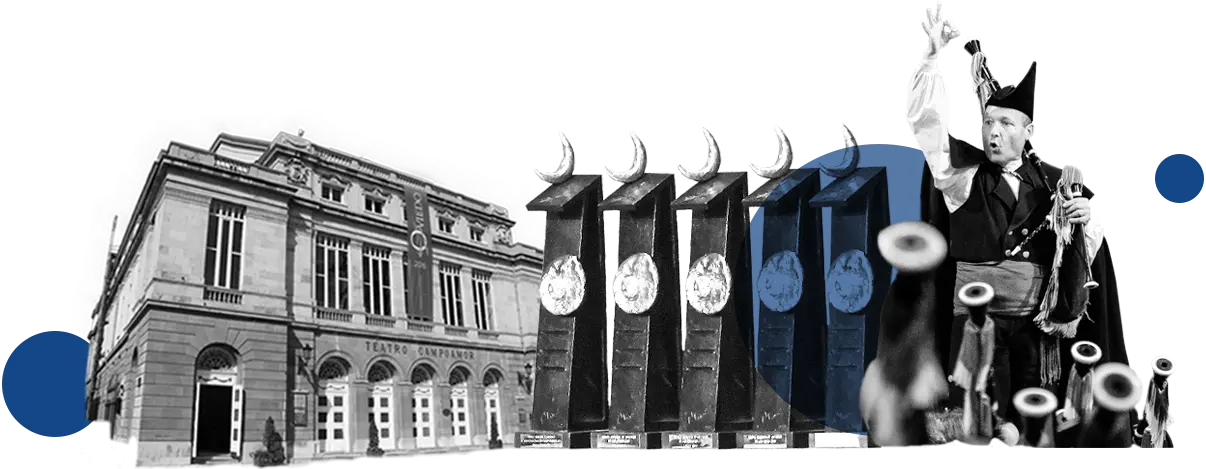
- 3rd October 1981
- 2nd October 1982
- 8th October 1983
- 16th October 1984
- 5th October 1985
- 22nd November 1986
- 29th October 1987
- 15th October 1988
- 21st October 1989
- 18th October 1990
- 18th October 1991
- 31st October 1992
- 27th November 1993
- 24th November 1994
- 27th October 1995
- 8th November 1996
- 24th October 1997
- 23rd October 1998
- 22nd October 1999
- 27th October 2000
- 26th October 2001
- 25th October 2002
- 24th October 2003
- 22nd October 2004
- 21st October 2005
- 20th October 2006
- 26th October 2007
- 24th October 2008
- 23rd October 2009
- 22nd October 2010
- 21st October 2011
- 26th October 2012
- 25th October 2013
- 24th October 2014
- 23rd October 2015
- 21st October 2016
- 20th October 2017
- 19th October 2018
- 18th October 2019
- 16th October 2020
- 22nd October 2021
- 28th October 2022
- 20th October 2023
- 25th October 2024
Number of laureates
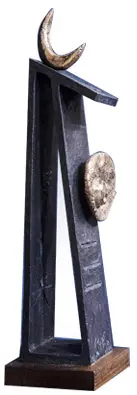
- 472People and institutions laureates
- 72Female laureates
- 290Male laureates
- 110Institutional laureates
- 267Awards to individuals
- 70Shared awards
Number of Laureates over the years
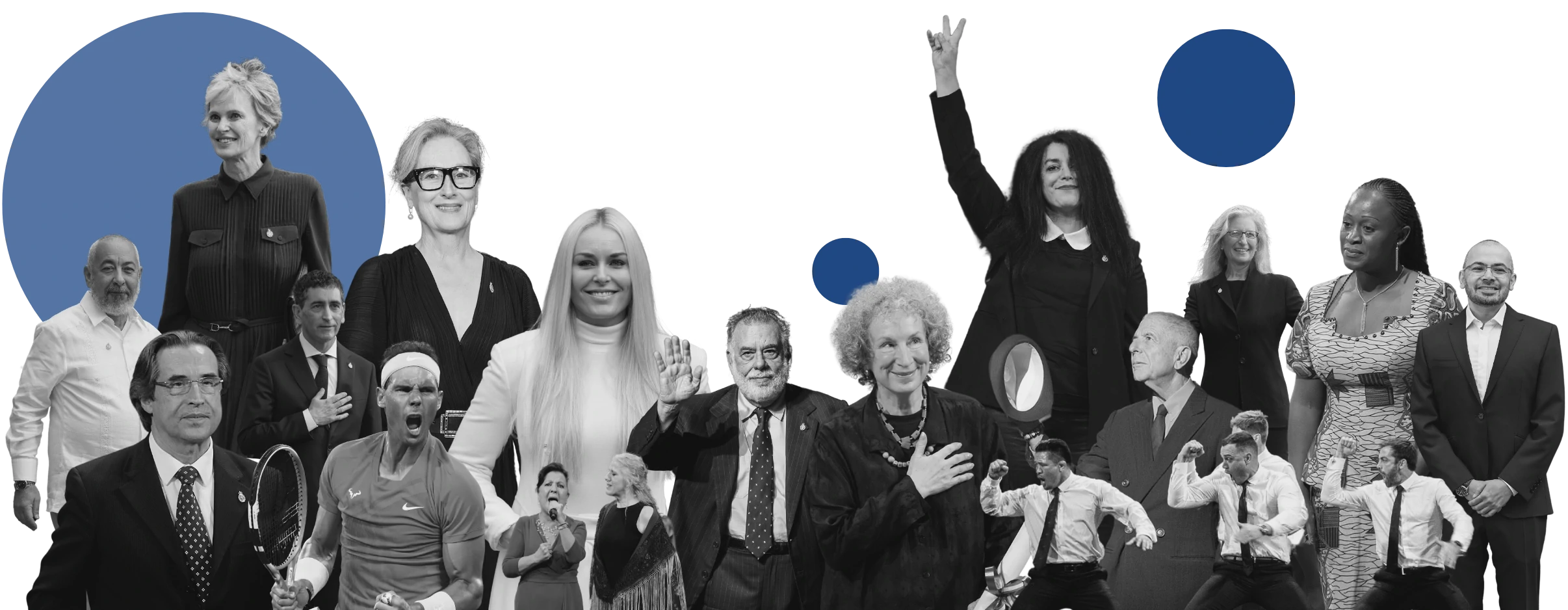
- 1 woman 5 men 6 laureates 1981
- - woman 7 men 7 laureates 1982
- - woman 5 men 6 laureates 1983
- - woman 4 men 6 laureates 1984
- - woman 7 men 7 laureates 1985
- - woman 5 men 9 laureates 1986
- - woman 7 men 10 laureates 1987
- 1 woman 9 men 12 laureates 1988
- - woman 9 men 10 laureates 1989
- - woman 7 men 9 laureates 1990
- 4 women 7 men 15 laureates 1991
- - woman 8 men 9 laureates 1992
- - woman 5 men 8 laureates 1993
- 2 women 5 men 11 laureates 1994
- 1 woman 8 men 11 laureates 1995
- - woman 9 men 9 laureates 1996
- - woman 6 men 11 laureates 1997
- 8 women 11 men 19 laureates 1998
- 2 women 8 men 12 laureates 1999
- 1 woman 7 men 10 laureates 2000
- 1 woman 9 men 13 laureates 2001
- - woman 10 men 12 laureates 2002
- 4 women 5 men 10 laureates 2003
- - woman 10 men 12 laureates 2004
- 4 women 3 men 14 laureates 2005
- 1 woman 3 men 8 laureates 2006
- - woman 7 men 10 laureates 2007
- 2 women 7 men 15 laureates 2008
- 1 woman 5 men 9 laureates 2009
- 1 woman 6 men 12 laureates 2010
- - woman 8 men 10 laureates 2011
- 1 woman 7 men 10 laureates 2012
- 2 women 5 men 10 laureates 2013
- 1 woman 7 men 10 laureates 2014
- 3 women 5 men 10 laureates 2015
- 2 women 4 men 9 laureates 2016
- 1 woman 5 men 11 laureates 2017
- 3 women 5 men 9 laureates 2018
- 4 women 3 men 10 laureates 2019
- 2 women 7 men 13 laureates 2020
- 6 women 7 men 15 laureates 2021
- 3 women 8 men 13 laureates 2022
- 3 women 5 men 10 laureates 2023
- 4 women 6 men 12 laureates 2024
- 3 women 4 men 8 laureates 2025
Countries
Laureates comprising 67 nationalities

 > 100
> 100 51 - 100
51 - 100 21 - 50
21 - 50 10 - 20
10 - 20 < 10
< 10
SpeechesUp to 2024
148 Speeches 14 Languages
- Albanese 1
- German 6
- Czech 1
- Spanish 66
- French 12
- Hebrew 2
- English 47
- Italian 4
- Japanese 1
- Ladin1
- Polish 2
- Portuguese 3
- Romanian 1
- Russian 1
Most numerous awards in terms of representatives on the stage
-
- 23 Royal Spanish Academy (RAE) and the Academies of the Spanish Language.
- 16 Spanish health workers on the front line against COVID-19.
- 13 Spanish National Football Squad.
Yad Vashem.
Spanish National Basketball Team. - 12 Association for Peace in the Basque Country.
Sephardic Communities. - 9 UN Blue Berets stationed in ex-Yugoslavia.
- 8 Manhiça Health Research Centre, Ifakara Health Institute in Tanzania, Malaria Research and Training Center and Kintampo Health Research Centre.
World Network of Biosphere Reserves. - 7 Katalin Karikó, Drew Weissman, Philip Felgner, Uğur Şahin, Özlem Türeci, Derrick Rossi and Sarah Gilbert.
Daughters of Charity of St Vincent de Paul.
Emma Bonino, Olayinka Koso-Thomas, Graça Machel, Fatiha Boudiaf, Rigoberta Menchú, Fatana Ishaq Gailani and Somaly Mam.
Tour de France.
World Health Organization. - 6 Wikipedia.
Fulbright Program.
Alliance Française, Società Dante Alighieri, British Council, Goethe Institut, Instituto Cervantes and Instituto Camões.
Spanish Marathon Team.
Spanish Missions in Rwanda and Burundi.
Brazilian Football Squad.
Hospitaller Order of St John of God.
All Blacks.
63 years, the average age of the laureates
Youngest laureates
Laureates who died before the Awards Ceremony
Evolution of the stage
The staging for the Awards Ceremony has evolved over the years. The latest changes were made in 2021, when work was carried out to reorder, update and enhance the visual elements that act as signs of identity of the ceremony itself. Moreover, one of the considerations when manufacturing the materials employed was to produce the least possible environmental impact..
Members of the juries
1981 - 2024
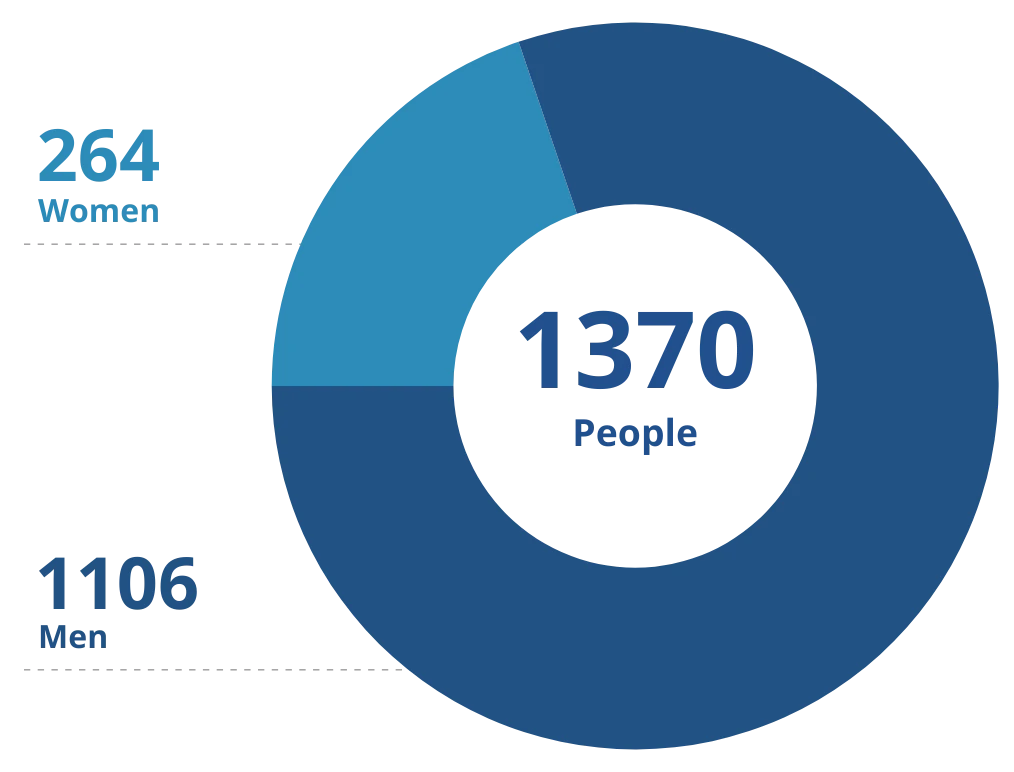
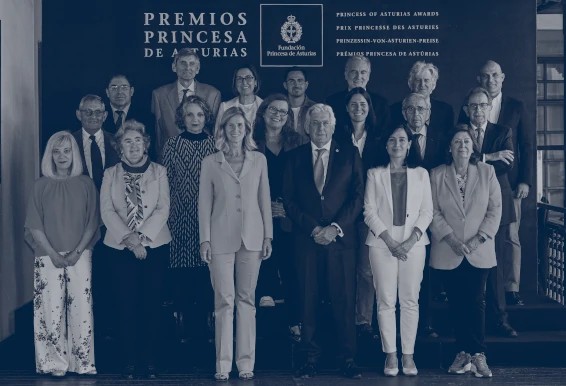
Evolution of the make-up of the Juries
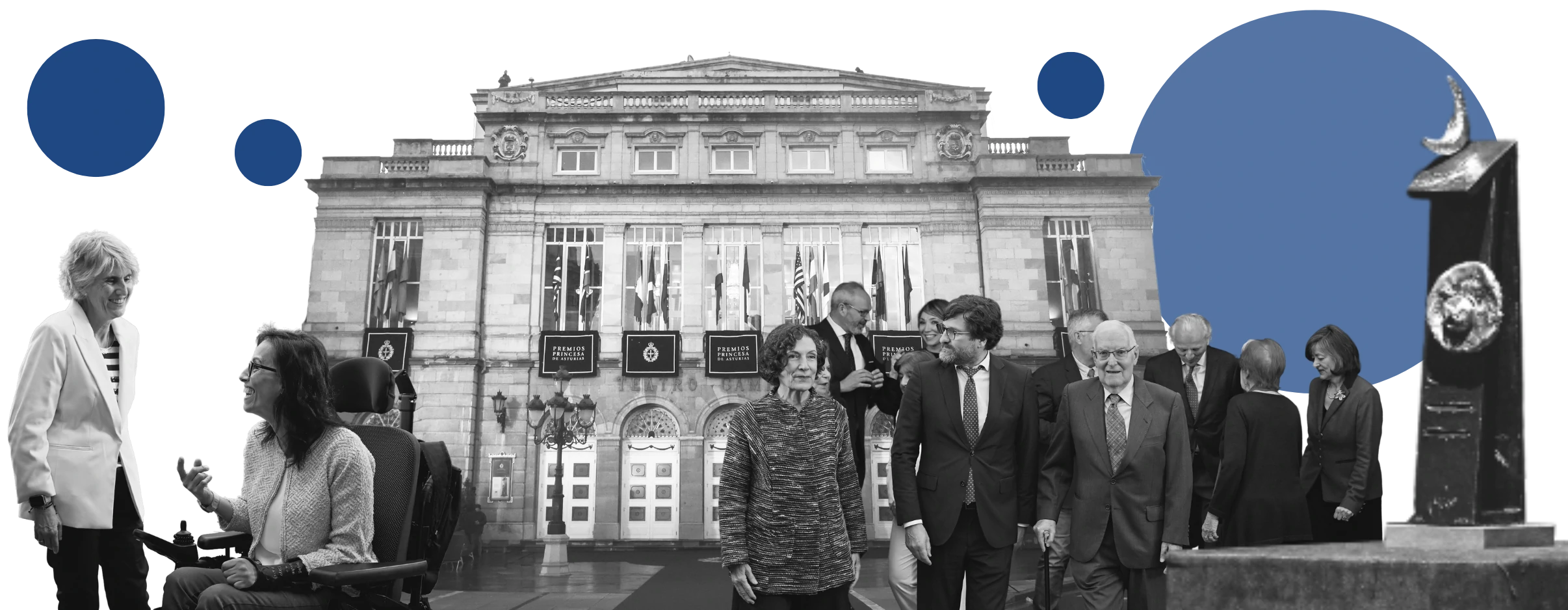
1981, 1982, 1983, 1984, 1985, 1986, 1987, 1988, 1989, 1990, 1991, 1992, 1993, 1994, 1995, 1996, 1997, 1998, 1999, 2000, 2001, 2002, 2003, 2004, 2005, 2006, 2007, 2008, 2009, 2010, 2011, 2012, 2013, 2014, 2015, 2016, 2017, 2018, 2019, 2020, 2021, 2022, 2023, 2024, 2025
Men
100, 100, 100, 97, 97, 97, 98, 94, 92, 95, 93, 95, 95, 93, 94, 93, 92, 92, 88, 83, 85, 88, 88, 89, 85, 82, 83, 76, 82, 80, 80, 78, 77, 72, 74, 71, 73, 67, 69, 72, 67, 68, 64, 62, 57
Women
0, 0, 0, 3, 3, 3, 2, 6, 8, 5, 7, 5, 5, 7, 6, 7, 8, 8, 12, 17, 15, 12, 12, 11, 15, 18, 17, 24, 18, 20, 20, 22, 23, 28, 26, 29, 27, 33, 31, 28, 33, 32, 36, 38, 43
Sculpture

What does the sculpture represent?
The sculpture symbolizes the triumph of the most exalted human values, represented by the recurrent elements of Miró's iconography.
Artist: Joan Miró
Barcelona 1893 - Palma de Mallorca 1983
Joan Miró is considered one of the leading artists of the 20th century. He experimented with different styles such as fauvism and cubism in his early works. In the 1920s, he moved to Paris, where he became friends with Picasso and was decisively influenced by the Surrealist writers, a concept he subsequently applied to painting. His work evolved, with shapes and figures gradually being reduced to points, lines and abundant expressions of colour that represent his classic iconographic repertory: women, birds, stars, the sun... and so on. In the late 1950s, he began a series of large murals and turned his artistic gaze first towards ceramics and subsequently towards sculpture, with which he once again garnered international recognition, with successive shows in Paris, New York, London, Tokyo and Barcelona. His work can nowadays be found in the world's major art galleries.
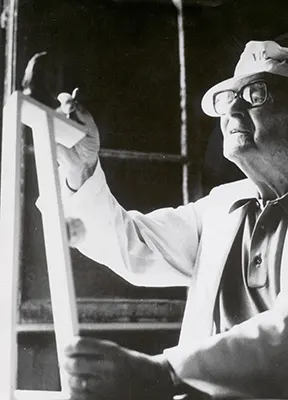
Why is the sculpture not presented to the laureates at the Awards Ceremony?
The sculpture weighs about eight kilograms, which is the reason why it is subsequently sent to each respective laureate.
Where is it made?
At the Parellada Foundry in Barcelona, at the express wish of Joan Miró.
Do you want to know how a sculpture is made?
End of main content



















